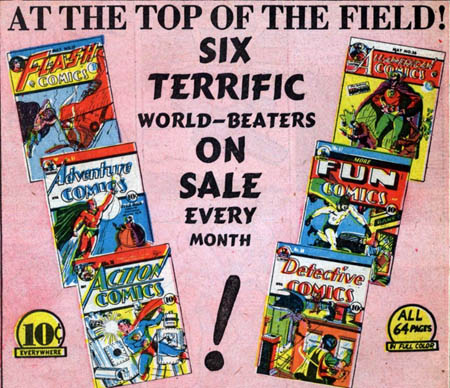All American Comics #26 (1941)
by John B. Wentworth & Howard Purcell
cover by Howard Purcell
Green Lantern is on the cover, with one of the most awkward poses possible to use a magic ring…
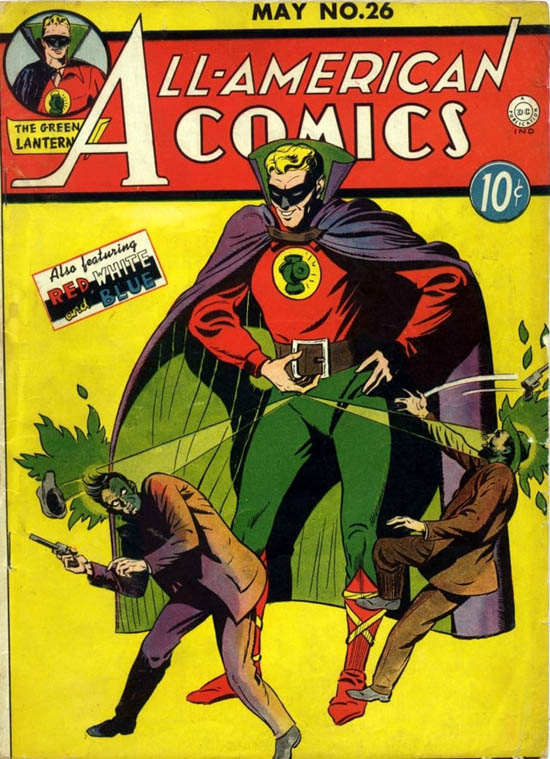
…but let’s focus on the origin of a new hero, Sargon The Sorcerer.
Als known as “That’s not Ibis” and “Who?”.
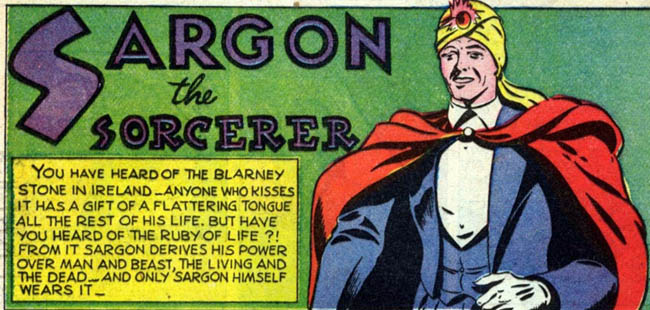
Sargon’s origins, or rather the origins of his magic ruby, go way back.
To 4,000 years ago, when the Ruby Of Life was in the “Temple of Asyreth, goddess of the Tiparanes”.
Every single reference to either “Asyreth” or “Tiparanes” that I can find leads back to Sargon, so I’m assuming they’re fictional.
“Asyreth” might be based on Astarte, but no clue on what the “Tiparanes” might be based on.
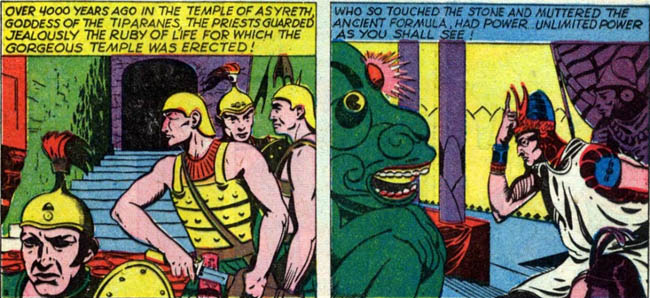
The Ruby Of Life then passes from person to person over millennia. In a modern comic this would be worthy of a montage, but in the Golden Age we still get a few panels.
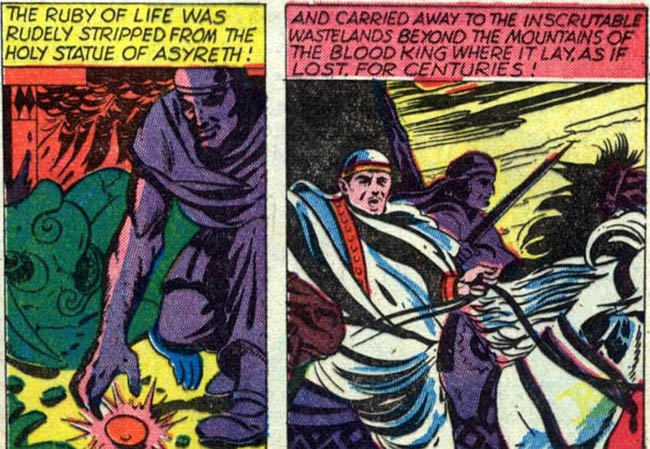
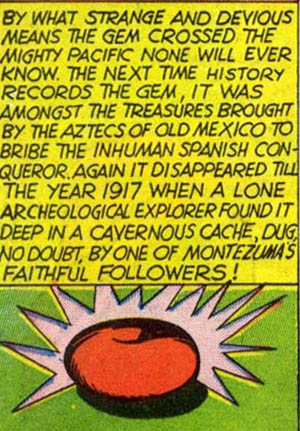
Eventually the Ruby is taken by an archeologist (no relation), who brings it back home as a present for his wife. Preeeeeetty sure that’s not exactly how it works nowadays.
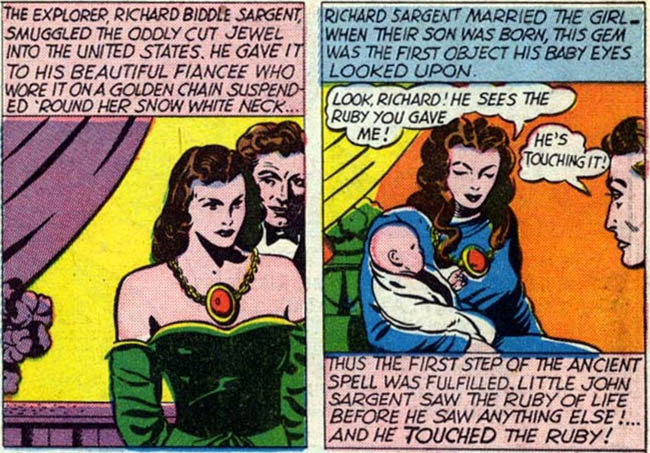
Also: Sargon’s real name is John Sargent. That sounds like the name of a pulp hero without the need of a codename, doesn’t it?
As an adult, John discovers that the Ruby is supposed to give magic powers to babies.
Notice now he’s talking about the “Tiphranians”, not the “Tiparanes”.
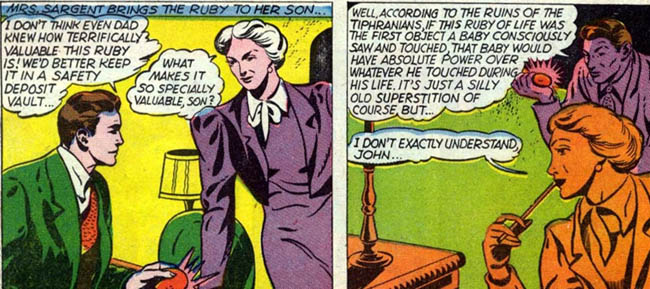
At least it’s a responsible magic stone, because it only gives you power when you recite an incantation… so no magically powered babies.
It’s no Green Lantern oath, though.

John then discovers that he has powers when he jokingly wishes his old toy plane could fly.
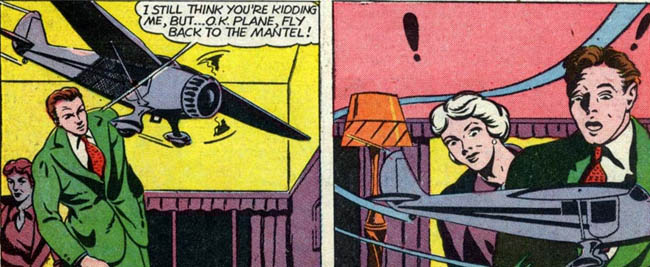
Realizing that he has powers, he immediately decides that he has to keep it a secret.
Keep in mind that the ONLY thing he has done so far is ordering the toy plane to fly, for all he knows that he could be the extent of his powers.
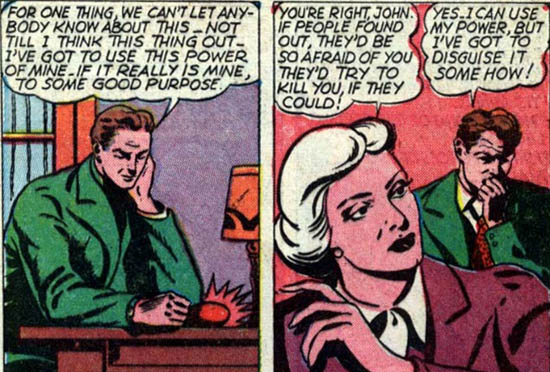
Not only that, but he immediately decides that to keep his powers a secret he’s going to pretend to be a stage magician, taking the name Sargon from an old king.
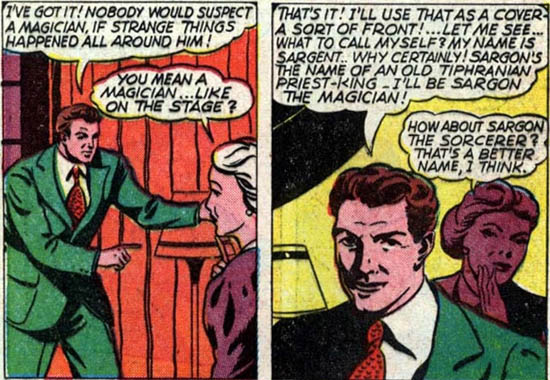
Presumably he’s talking about the most famous king with that name, Sargon of Akkad.
If this is to link the Ruby Of Life with his time period, the initial 4,000 work out because Sargon lived somewhere around 2,300 BC.
Although it IS weird to namedrop an actual historical king while also making up a name for his people (“Tiphranian” only brings us back to reference to the DC character).

What was his goal in life before getting powers from the Ruby? Did he always want to be a stage magician? Also, apparently a whole year goes by before he actually uses his powers for anything but performing tricks.

And he only acts because the manager of the theater where he’s performing is kidnapped!
So much for “I must use my powers for good”.

Making the toy plane fly was just a test. Now Sargon uses his phenomenal magic powers to… stick a needle in someone’s pants.
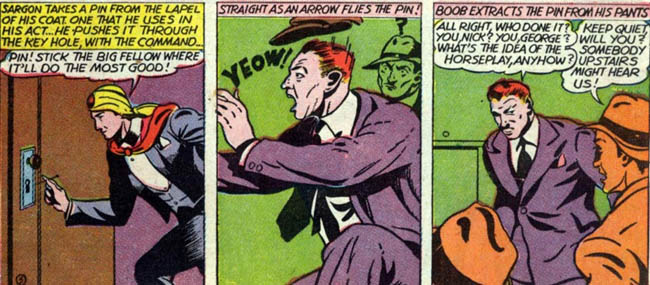
TWICE!!!
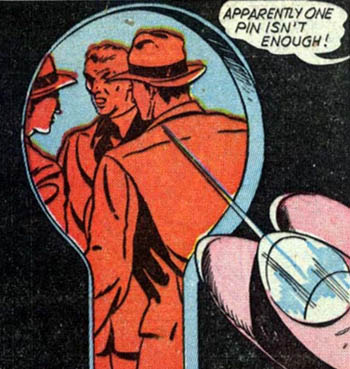

Sargon next slips into the room, using a “silent command” to throw a barrel.
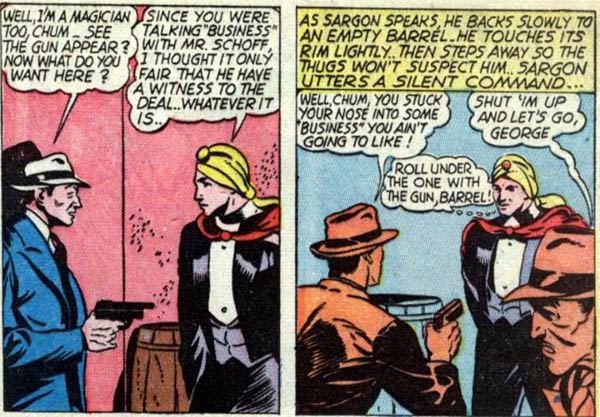
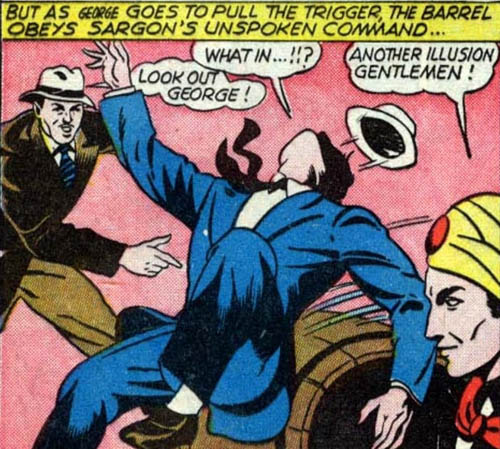
Can’t say I’m exactly impressed with those magic powers, Sargon.
Some of these tricks ARE useful, but not all that entertaining.
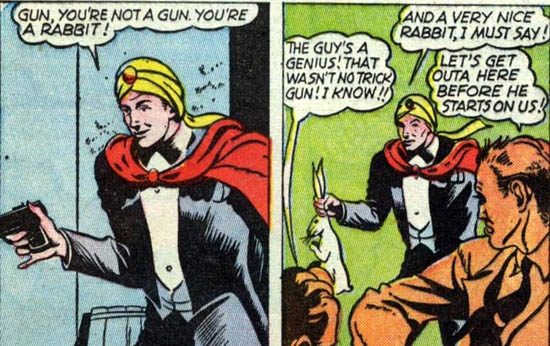
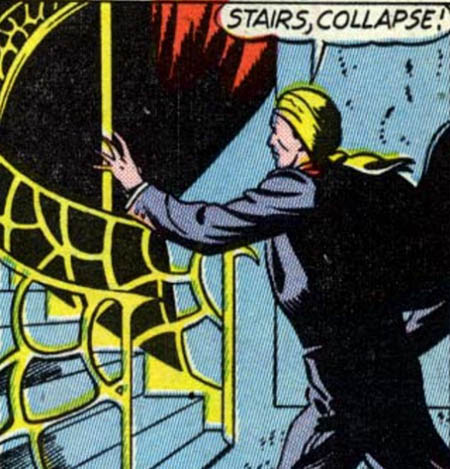

And he plays it off as all just a bunch of illusions.

Historical significance: 1/10
And even that is overstating the importance of Sargon.
Silver Age-ness: 2/10
At least in the Silver Age he would’ve done something ridiculous but entertaining.
Does it stand the test of time? 2/10
The backstory of the Ruby Of Life is actually more interesting than anything Sargon does in the story, and even that is barely anything.
Say what you will about the first appearances of Zatara and Ibis, at least they had the decency to go absolutely nuts with the magic stuff. Sargon is just meh personified.
How close is this to the modern character? What modern character?
Sargon wasn’t exactly a smashing success. His run on All American Comics lasts until #50 in 1943.
The only time he gets on a cover is the 1944 one-shot The Big All-American Comic Book… a comic that doesn’t feature Sargon anywhere inside the issue.

The same year he gets a serial in Sensation Comics, starting with #34. He lasts all the way until 1948 with #83.
His move into the Silver Age is truly bizarre: he shows up in 1969 on Flash #186… as a villain!

That would make him VERY unique: heroes that turn villains are rare in general, but they’re basically unheard of for Golden Age characters.
So of course it wouldn’t last. By 1972 he was back as a hero; we saw him showing up in the Starbreaker origin story for basically no reason.
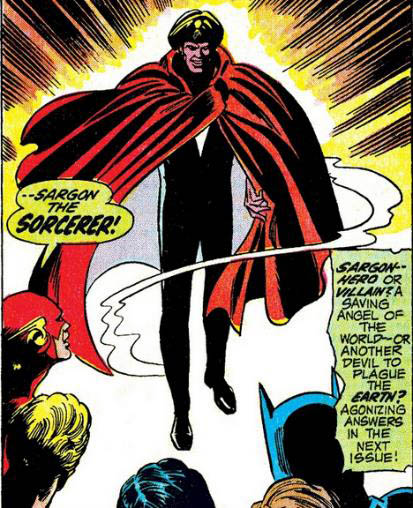
I don’t think he does anything else notable before showing up in Crisis as one of the many magic heroes.
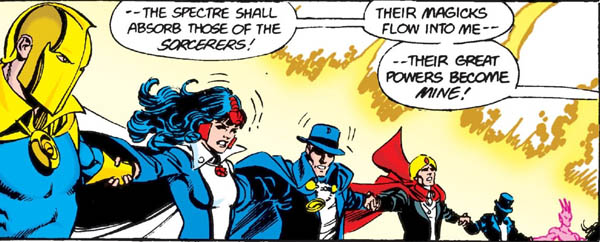
He then shows up in the Swamp Thing run by Alan Moore. Do I even have to say that he’s more interesting there in a couple of panels than he’s been for decades?

He dies in issue #50. And even there, the comparison to Zatara (who also dies in the same issue) is not kind.
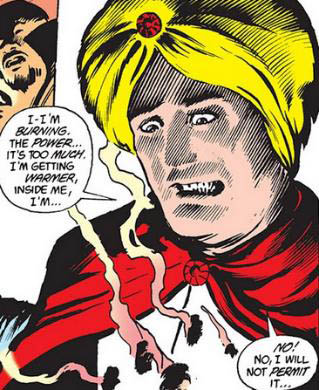

Being a magic user, he had a few appearances as a ghost over the years.
In 2007, his grandson David gets something the original never got: his own special.

Aaaaand he dies two years later. Killed by Lobo, of all people.
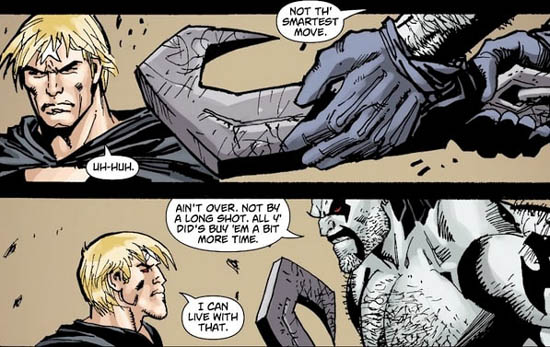
He’s not the only relative to take the original’s place. Sargon’s daughter Jaimini takes the name “Sargon The Sorceress” in 2013, as a Constantine villain.
I think she’s still around, although she hasn’t shown up in several years.
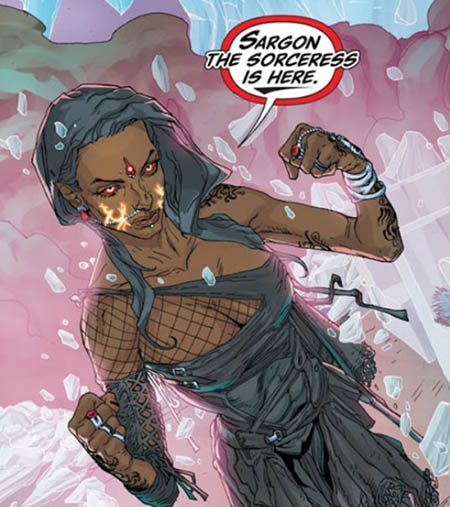

Also the original has showed up again. Because if you can’t keep regular superheroes dead, magical superheroes are even worse.
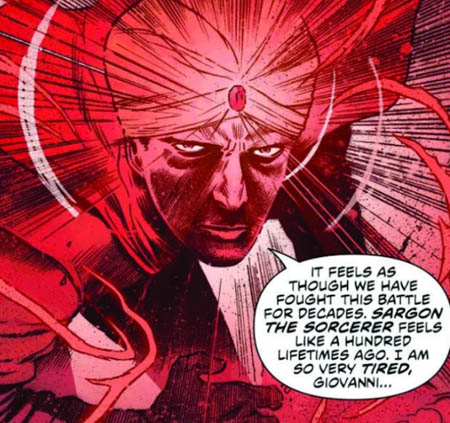
He also shows up in the “Arrowverse” TV shows. Haven’t watched anything that features him, but every single picture I can find shows him without the turban.
How do you do Sargon without the turban!?
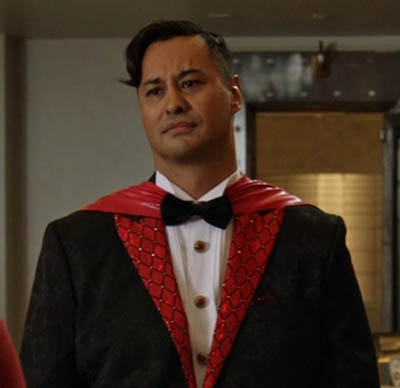
What else was in All American Comics #26 ?
As the cover promised, a Green Lantern story.

And a rather amusing Red Tornado story.

Several Mutt & Jeff strips, which surprisingly reference Hitler’s past as an art student.
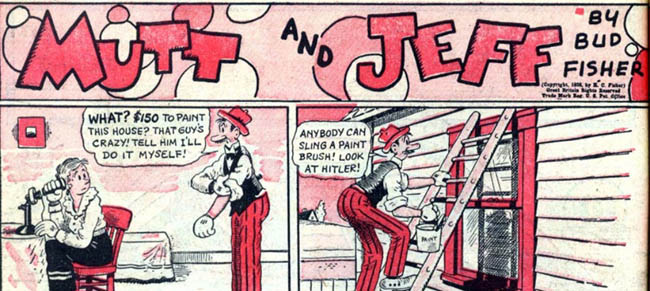
Then Hop Harrigan (is there ANY DC book where he doesn’t show up!?), an Atom story, a Dr. Mid-Nite story…
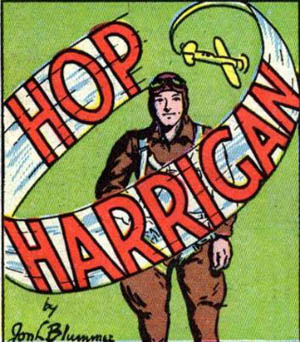
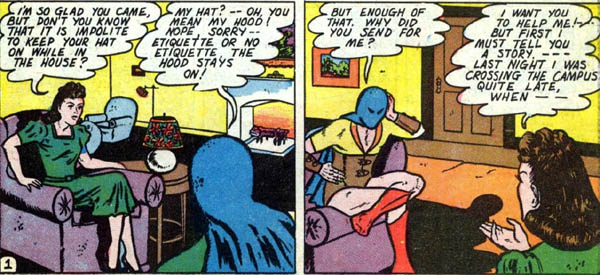

…and other backup regulars like Popsicle Pete and Red White & Blue…
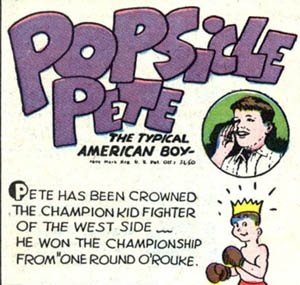
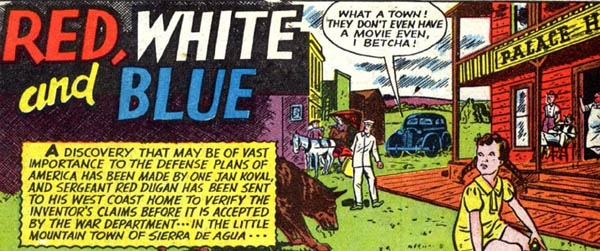
…the latter including a Japanese spy. Expect to see A LOT more of those after Pearl Harbor, which is still months away.
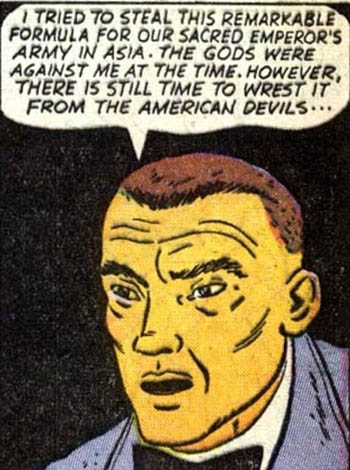
So DC was still publishing stories of all genres, but all the ads are only for superheroes.
